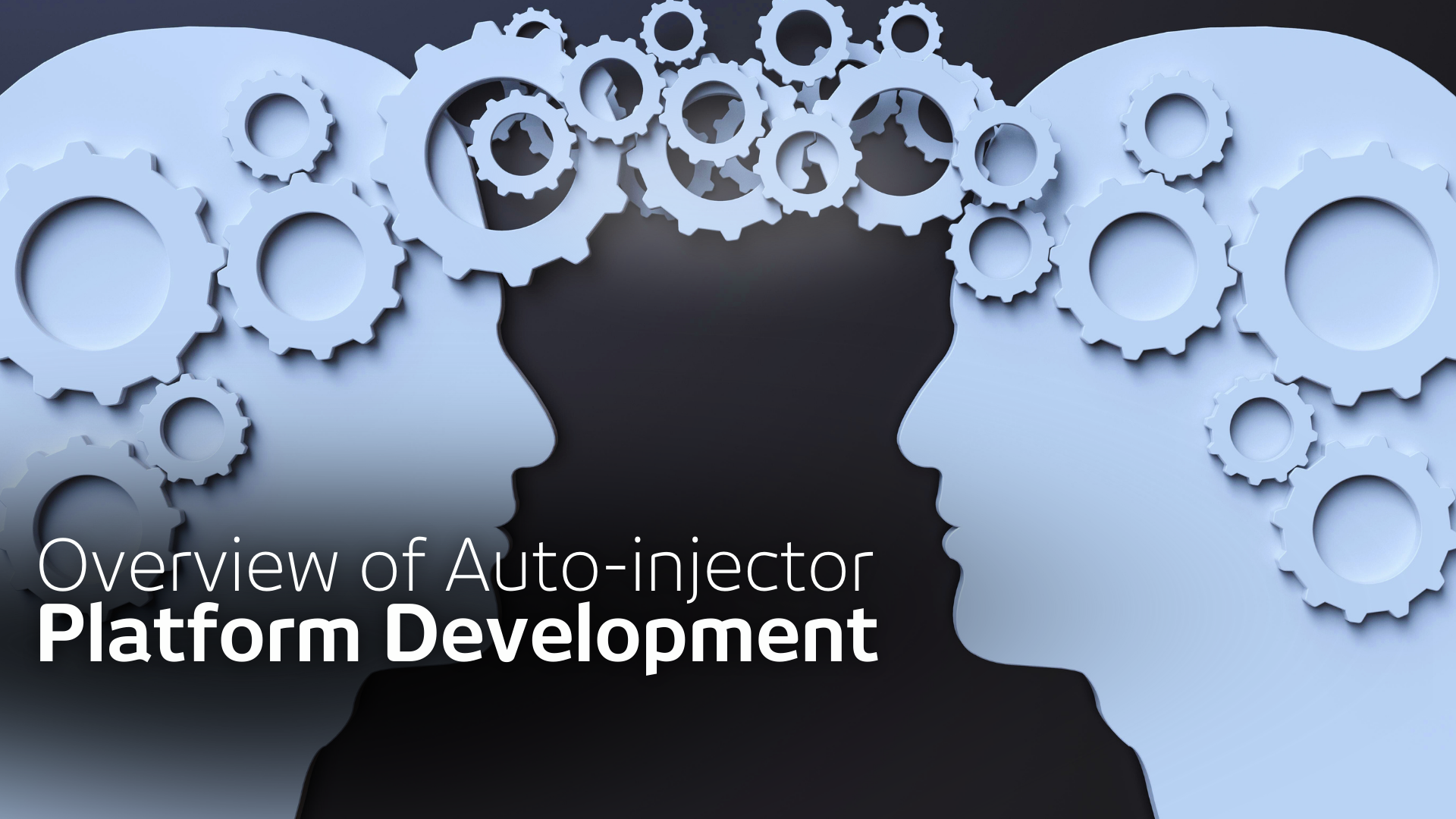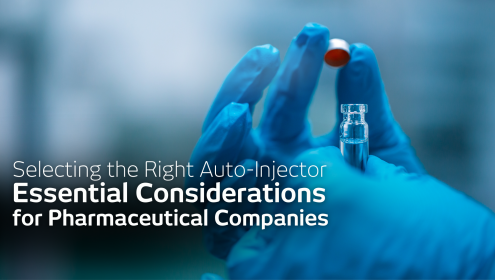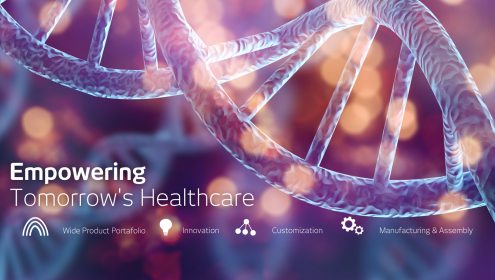Overview of Autoinjector Platform Development
Amotz Porat | 06.11.2024

Overview of Autoinjector Platform Development
E3D has been at the forefront of autoinjector development for over 20 years, creating a diverse range of platforms – from single-use, mechanical devices to feature-rich electronic and wearable injectors. Our approach centers on developing flexible, highly capable auto-injector platforms that can be customized to meet the specific needs of our clients, tailored to their target drug and patient population.
Understanding Patient-Centered Design
As with any development process, designing an autoinjector platform begins with a deep understanding of user needs. However, unlike custom device development, platform design faces broader challenges, as the user population and the characteristics of the drug substance are often not well-defined at the outset, introducing complexity into the design process. Despite such challenges, many user needs are universal, such as device ergonomics, ease of use, and minimizing anxiety related to self-injection. For instance, when developing a new platform, we focus on ensuring the device sits comfortably in the user’s hand, is lightweight, and has a well-balanced center of gravity for ease of handling.
Adapting Features for Different Patient Populations
That said, certain features must be adapted to the specific needs of different patient groups. For example, while an LCD screen can effectively guide users through a multi-step injection process, it may increase the device’s overall size and energy consumption. We consider such trade-offs carefully, only incorporating advanced features when they provide substantial benefits, such as in cases where the injection process is complex or infrequent, and users may need ongoing guidance and support. Similarly, features such as smartphone apps may appeal to younger patient groups but may be less likely to be utilized by older populations. In such cases, we tailor digital solutions to a narrower audience, focusing on user segments that will most benefit, rather than attempting to cater to all demographics.
Flexibility and Scalability in Platform Customization
A well-designed platform should incorporate technologies that allow for flexibility and scalability during the customization phase – one fundamental example being the selection of the appropriate power source and injection mechanism. While single-use autoinjectors commonly use spring-based technology, multi-use devices often require an electric motor, with the choice of motor technology depending on factors such as drug viscosity, desired injection speed, dose volume and energy consumption constraints.
Optimizing Energy Consumption and Component Efficiency
The energy source is another critical aspect of platform design. A detailed energy analysis helps identify the optimal solution, considering both the power consumption of individual components, their duration of operation and required service life of the device. Interestingly, the component with the highest energy draw may not be the largest power consumer; although an electric motor may use considerable power, it operates for only a few seconds per injection, whereas an LCD screen, though less power-hungry, may remain active for several minutes during each use.
Implementing Modular Hardware Components
To maintain flexibility across technologies, we often incorporate pre-assembled hardware components into the core platform. For instance, one of our electronic autoinjectors includes an evaluation board on the main PCB to support radio frequency identification (RFID) communication. This board can be readily exchanged for an alternative version (e.g. supporting Wi-Fi communication or omitted entirely if connectivity is unnecessary for the client’s specific requirements).
Collaborative Multidisciplinary Design
The development of a device demands close collaboration between design teams. If each team works in isolation, the final product will fail to meet the overarching requirements. It is natural that there will be tensions between the various teams, such as the desire of industrial designers to prioritize a sleek, compact design, while hardware, motor, and battery teams require adequate space for housing their components within the device’s form factor. A co-ordinated, multidisciplinary approach is essential in creating the optimal outcome by recognizing and addressing such challenges in order to achieve a cohesive solution.
Balancing Design Constraints and Flexibility
To address these conflicts, we employ several conceptual design phases. Certain components may be categorized according to their adaptability. For instance, lithium polymer batteries and hardware can be shaped and segmented as needed, allowing flexibility of positioning options within the device. In contrast, off-the-shelf components, such as an LCD screen have fixed dimensions and must be positioned on the device’s outer shell, away from the grip area – in order to present an unobscured view.
By mapping out each component’s design flexibility, we can create an initial conceptual design. This design is then refined on the basis of which features are most critical to the platform’s performance and which can be restricted or even eliminated, if appropriate. This systematic approach, combined with strong collaboration with our established component manufacturing partners, enables us to execute a fast, flexible, and efficient design process.
At E3D, we apply two decades of experience of multidisciplinary development experience to engineer modular, scalable autoinjector device platforms that integrate advanced injection technologies and customizable features – and which can be optimized for drug formulations and patient demographics, to ensure seamless integration of ergonomic, mechanical and electronic components.






